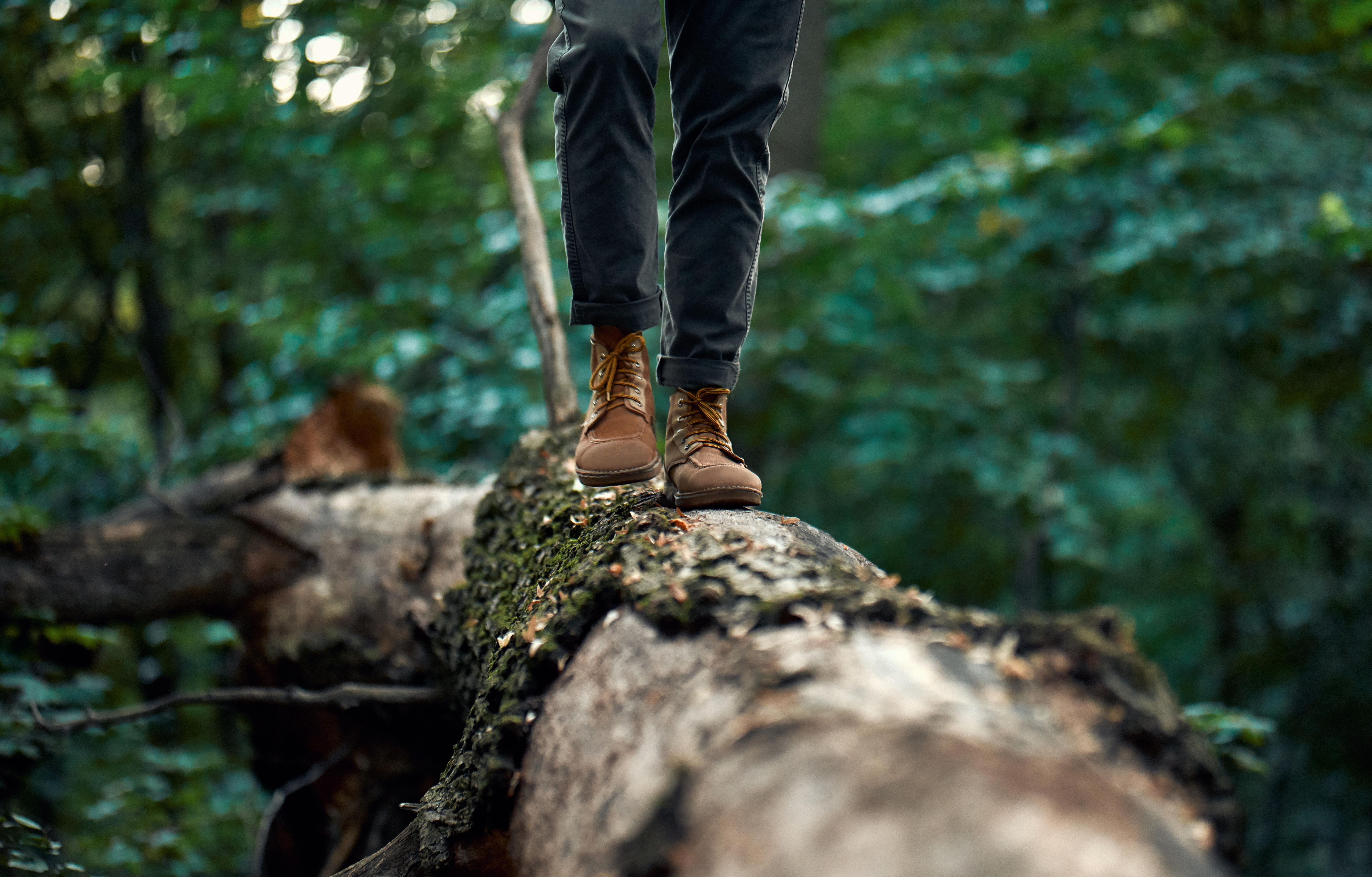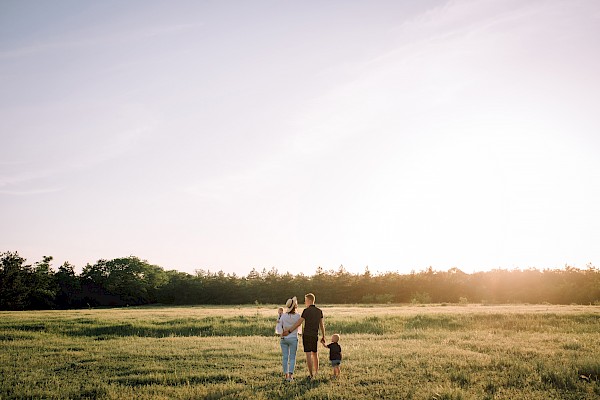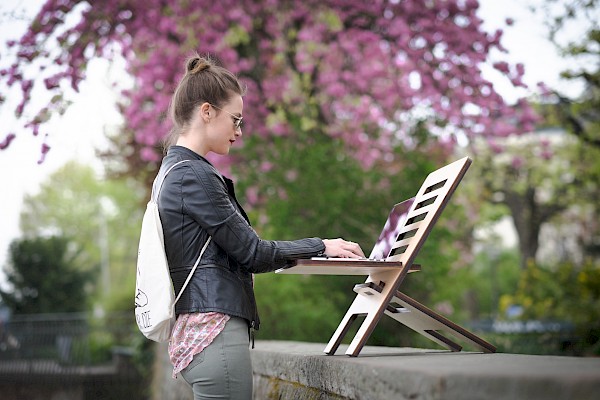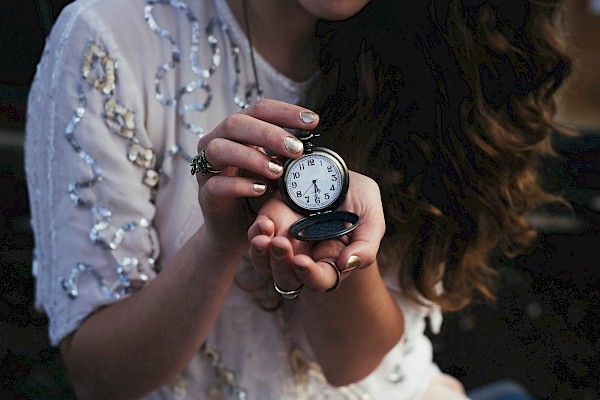The work-life balance
Are you up to your ears in school, study or work? Do all your commitments stress you out? Create a balance with wellbeing moments in your day and make a point of experiencing them. The exercises “the ABC of happiness” and “three good things” will help you to find ideas for wellbeing moments and to consciously experience positive emotions.
You should balance your commitments and your free time. The “work-life balance” or just “life balance” are the buzzwords here. It doesn’t take much to maintain the balance between your commitments and your free time. All you need to do is consciously focus on something – an activity, a thing or a moment – that makes you happy.
What do you need for long-term happiness?
There are two sorts of happiness: serendipitous, short-term happiness and long-term happiness. Short-term happiness means momentary elation, for example when you buy yourself something nice, have just fallen in love or win the lottery: at such a moment, you feel outstandingly happy. Although this momentary elation will subside over time, it still contributes to long-term contentment, as do all positive emotions. But in order to achieve permanent life satisfaction, lasting long-term happiness is important. This happiness depends on various different factors that you can influence: positive relationships, flow, purpose, usefulness and indeed also the positive emotions arising from everyday, repeated, or small moments of happiness. It is therefore worth focusing on small things that make you feel good in your day-to-day life. Precisely these things will create a balance in your daily life.
How can I create a balance?
There are many things you can use to create your balance: doing something with friends, shopping, doing something alone, taking a hot bath, watching a film or a series, gaming, sports, cooking, walking, sleeping, talking to someone, listening to music... The important thing, however, is that you consciously perceive and enjoy these activities and moments. The following exercises will give you ideas for balance and will help you to consciously perceive good things in your daily life:
The ABC of happiness
In this exercise, you will create your own personal list (A-Z) of activities, situations and things that release positive emotions for you and begin with the relevant letter of the alphabet. For example: W is for walking, waterfalls, wellness... You can write down more than one thing, word or sentence per letter. If nothing occurs to you for any given letter, you can be creative. You can download an “ABC of happiness template” as a PDF here.
Three good things
A good thing can be something small, for example, you went shopping and someone let you go ahead of them in the queue. It can also be something much bigger, such as a family member being sent home from hospital after an accident. Over the next 7 days, seek out these “good things”.
Find three small items that fit nicely into your pocket, for example small stones, buttons or marbles. In the morning, put them in your left or right pocket. For each “good thing”, move one item to the other pocket.
Every evening, take 15 minutes to write down three things that really went well today, or that you found nice. Additionally, try to write down the reason why these things were good and what you felt at the time. You can download a “3 good things” template here.
Try to integrate your ideas from the ABC of happiness and the focus on three good things into your daily routine. You will see that you can slot many wellbeing moments and positive emotions into your everyday life. If you consciously enjoy these moments, no matter how long or short they are, you will notice that you feel better as time goes by. You will need patience until you notice a change, but it is worth it!
Kennsch es? – a campaign by young people, for young people
“Find balance in your daily life” is one of four tips that young people have compiled in a research project. These four tips are also the centrepiece of the “Kennsch es?” campaign, which moved into its second phase last autumn, and is intended to raise awareness of mental health issues among young people. You can find further information about the four tips and the project on the website www.kennsch-es.ch.
 subscribe to newsletter
subscribe to newsletter


